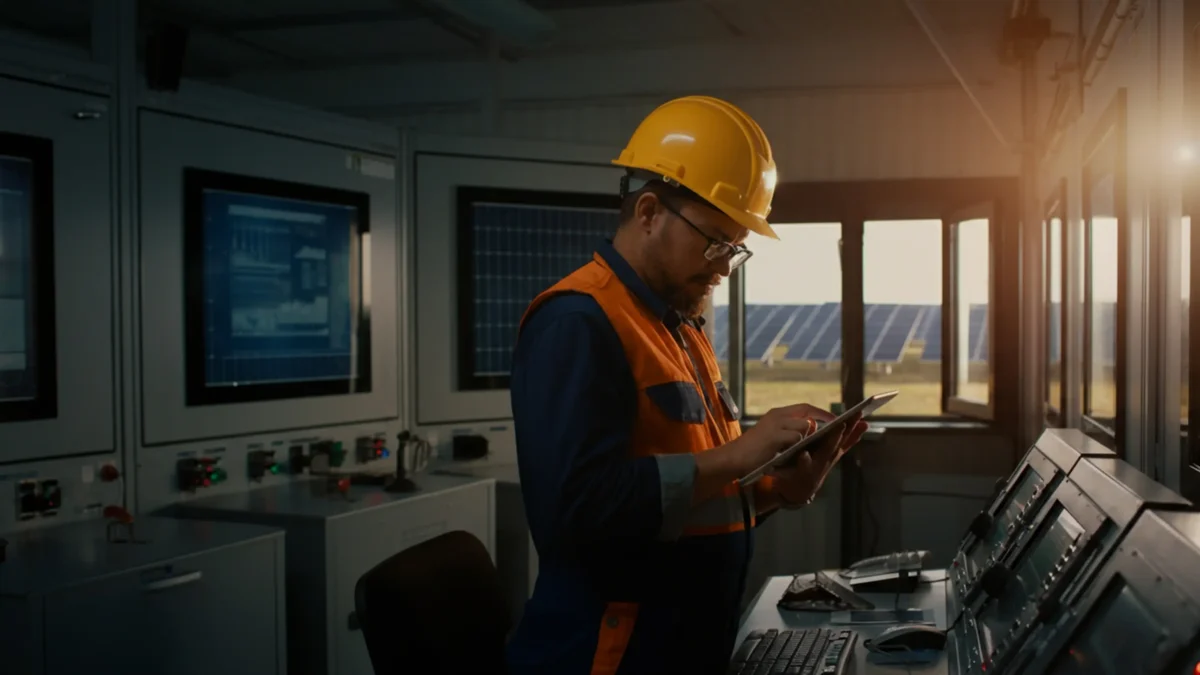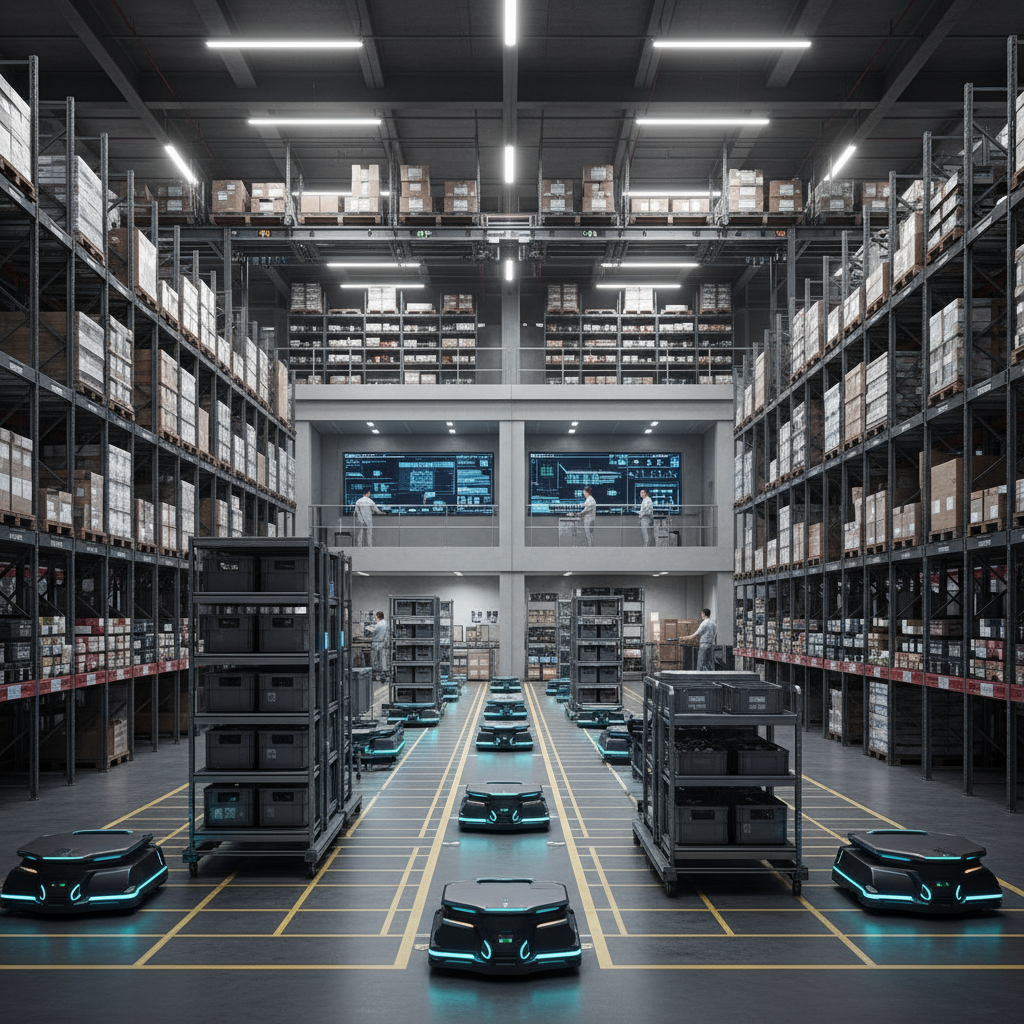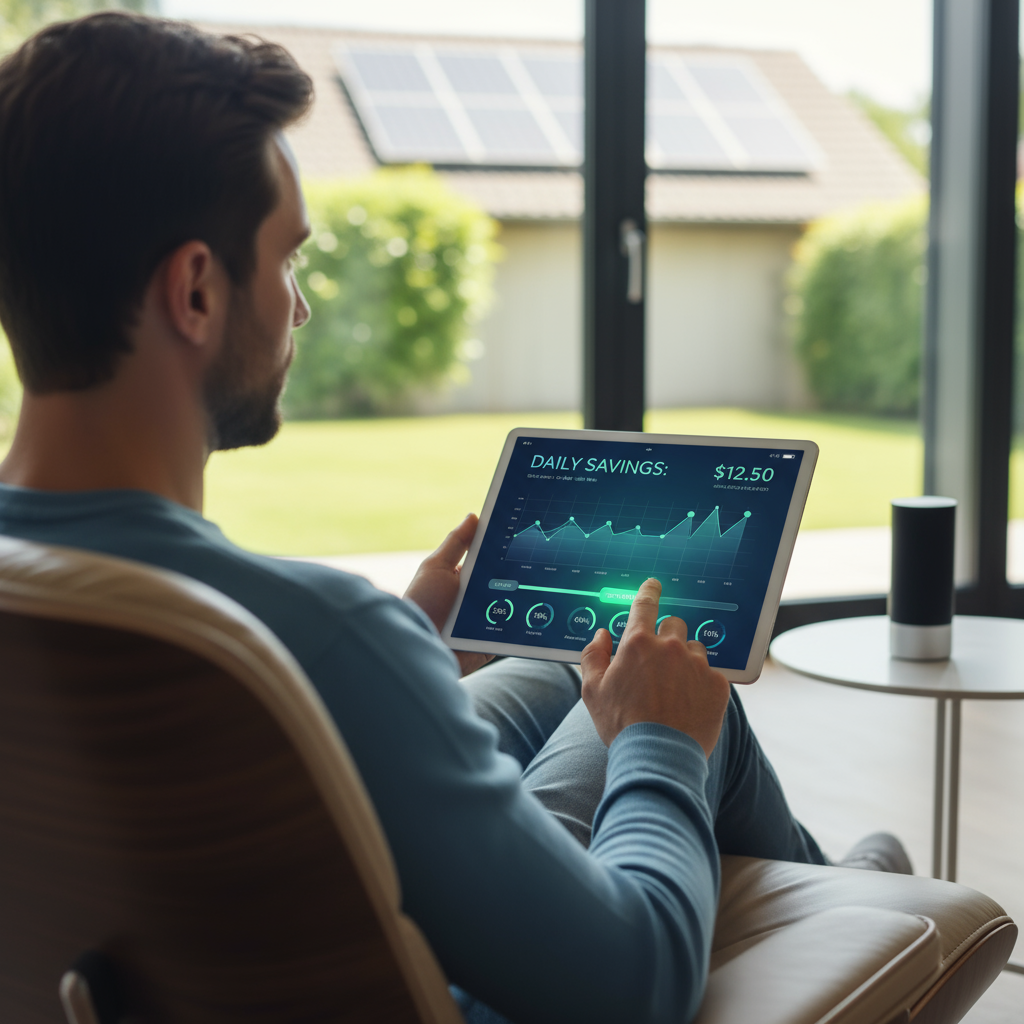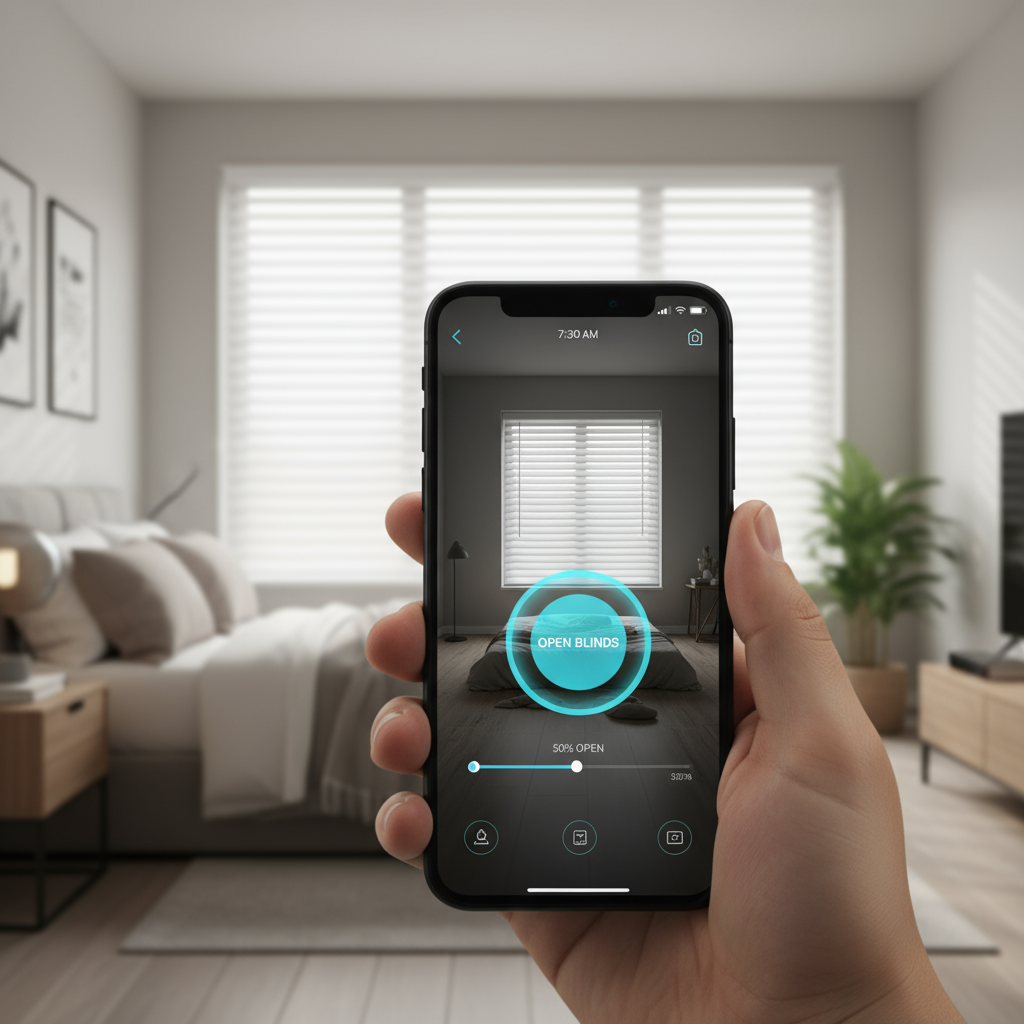Internet of Things

Overview
The Internet of Things (IoT) is a diverse market covering a range of applications and use cases. Today, however, IoT is primarily adopted across consumer segments thanks to Wi-Fi and Bluetooth LE, both of which are open standards operating in the global ISM bands.
So how does DECT technology fit in the IoT ecosystem? Just like Wi-Fi and Bluetooth LE, DECT is an open standard that operates globally. DECT was built from the ground-up with Quality of Service in mind, making wireless connectivity a viable option for the first time across many industrial and enterprise segments with much more stringent requirements than consumer. In addition, since DECT operates in a dedicated spectrum it operates outside the congested spectrums used by Wi-Fi and Bluetooth LE.
For IoT, DECT NR+ and ULE are the technologies that fit. Below you can see examples and can learn why DECT technologies are ideal for key IoT use cases.

Smart Buildings
Smart buildings are rapidly evolving, integrating technology to enhance energy efficiency, security, comfort, and productivity. By adopting smart technologies, traditional structures are transformed into dynamic systems that interact with occupants and adapt to their needs in real-time. The challenges in smart building technology include scalability and flexibility, where technology must adapt as buildings evolve, accommodating more devices and full interoperability without performance degradation. Traditional wired systems lack the necessary flexibility for upgrades or expansion and often include wireless “add-on” options that lack interoperability between systems. This is particularly true when retrofitting technology to existing building infrastructure.
NR+ addresses these challenges through more advanced network topologies, supporting both star and mesh networks to enhance flexibility and coverage, ensuring connectivity across complex structures. It is designed for ultra-reliable and low-latency communication, crucial for security and safety, such as access control, emergency systems and alarms. Additionally, NR+ support IPv6 based protocols and incorporates robust security protocols to protect against cyber threats, securing all transmitted data.

Smart Energy
The energy market is experiencing two major shifts: the decentralisation of power generation and a significant rise in energy consumption, driven by the electrification of transportation (mobility?) and home heating. These changes call for a new approach to managing flexible energy consumption and commercial settlement structure, while ensuring the security and stability of energy supply.
This is where NR+ comes in, as a powerful data connectivity solution for smart grid deployments, operating in a dedicated, license-exempt spectrum. It offers ultra-reliable, low-latency communication, so data can be transmitted quickly and with minimal delays within critical infrastructure. NR+ is highly scalable and designed to support many devices in densely populated areas, making it ideal for the next generation of private network metering communication.
Smart metering, crucial in the energy transition, faces increased demands for functionality. NR+ is equipped to support this shift by providing a decentralised communication backbone that mirrors the decentralisation occurring at the edge of the energy grid. The NR+ mesh network design further enhances system reliability by offering self-healing capabilities, meaning the network can automatically fix itself if issues arise. Its advanced radio technology and high transmission power ensure wide coverage and flexible data rates, making it adaptable to various needs.
Additionally, NR+ offers significant cost savings by simplifying network planning and eliminating the airtime fees that are common in other communication systems. This makes NR+ a future-proof, cost-effective solution for large-scale smart metering, ready to meet the growing demands of modern energy infrastructure.

Smart Cities
As of mid-2023, 57% of the world’s population, or about 4.6 billion people, lived in cities. This figure is expected to rise to 60% by 2030, presenting significant challenges for urban development in ensuring safe, functional, and sustainable urban living. The Smart Cities concept, supported by Massive IoT, aims to enhance urban infrastructure and services by optimising energy and transport systems. For example, city services can shift from scheduled to on-demand maintenance, such as only emptying trash bins when full and more efficient use of streetlights. However, the effectiveness of these innovations has been limited by the inadequacies of current IoT technologies in providing reliable, secure, and resilient networks. NR+ technology aims to address these connectivity challenges, facilitating more efficient urban management.
As an example, it is now possible to create city wide wireless networks, thanks to NR+ offering long range, mesh network capabilities and strong reliability. For a city with smart street lighting, NR+ can connect all streetlights in a single network. Further, each light is not limited to send or relay data. They can have gateway functions for other types of device, such as waste management and parking sensors. Now, a smart streetlight becomes an ultra-reliable backbone in the smart city.
NR+ also has features that can allow many networks to operate in one area without interference. The possibility for big networks across a city does not limit smaller, local networks for others. This is a big contrast with other available non-cellular long-range technologies. Overlapping networks based on such technologies typically start to compete for spectrum rather than having built in rules for coexistence. NR+ can continue to operate even in a scenario with many overlapping networks.

Industry 4.0
Digital transformation within Industry 4.0, otherwise known as the fourth industrial revolution, requires robust, secure communication infrastructures. Adding wireless connectivity to the agenda is essential for manufacturing companies to reduce costs, enhance flexibility, and address specialised production needs. These needs range from managing the supply chain effectively to further automation on the shop floor – increasing productivity while overcoming risks caused by a shortage of skilled labor.
NR+ is ideal for Industry 4.0 applications, offering the low-cost, highly reliable, and low-latency wireless connectivity that is crucial for shop floor operations and supply chain optimisation. Its use of dedicated, license-exempt spectrum ensures interference-free communication, vital for (nearly) real-time monitoring and control of industrial processes. On the shop floor, NR+ implementations enable seamless communication between machines and systems, enhancing automation and efficiency. In supply chain management, it supports tracking and coordination, improving intra- as well as supply logistics and real time inventory management. Mesh networking capabilities provide robust 5G private network coverage even in complex industrial environments, ensuring business continuity and low infrastructure investments/upfront cost. By meeting the demanding needs of modern manufacturing and logistics, NR+ boosts efficiency and productivity, making it a versatile solution for diverse IoT applications in both indoor and outdoor industrial settings.

Smart Home
The concept of a Smart Home has evolved from enhancing comfort to meeting today’s challenges, such as increased security needs and environmental consciousness. Modern smart homes now focus on energy efficiency and sustainable living, integrating advanced security systems and intelligent energy management connected through IoT. This shift demands robust home networks that are resilient, fast, secure against cyber threats, cost-effective, and capable of covering large areas.
DECT ULE (Ultra Low Energy) technology offers a solution with its low power consumption and long-range capabilities, making it ideal for smart home nodes that require reliable, secure, long range connectivity. NR+ brings further capabilities for more demanding use cases. This includes an even more reliable radio that can support mesh networking and IPv6 based application connectivity and security.

Smart Home Automation
IoT devices are designed to automate and control various functions in your home, offering convenience, energy efficiency, security, and comfort. They predominantly use wireless connectivity to communicate with each other and with central systems or apps, often managed through a smartphone or voice assistant.
These devices often use communication protocols like Wi-Fi, ULE, Zigbee and Bluetooth and integrate with ecosystems such as Amazon Alexa, Google Assistant, and Apple HomeKit to provide seamless control.
Other DECT applications

Cordless Telephony
- Enterprise DECT telephony systems
- Residential DECT solutions

























